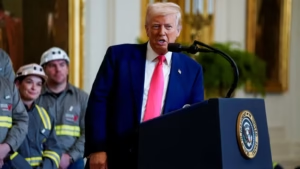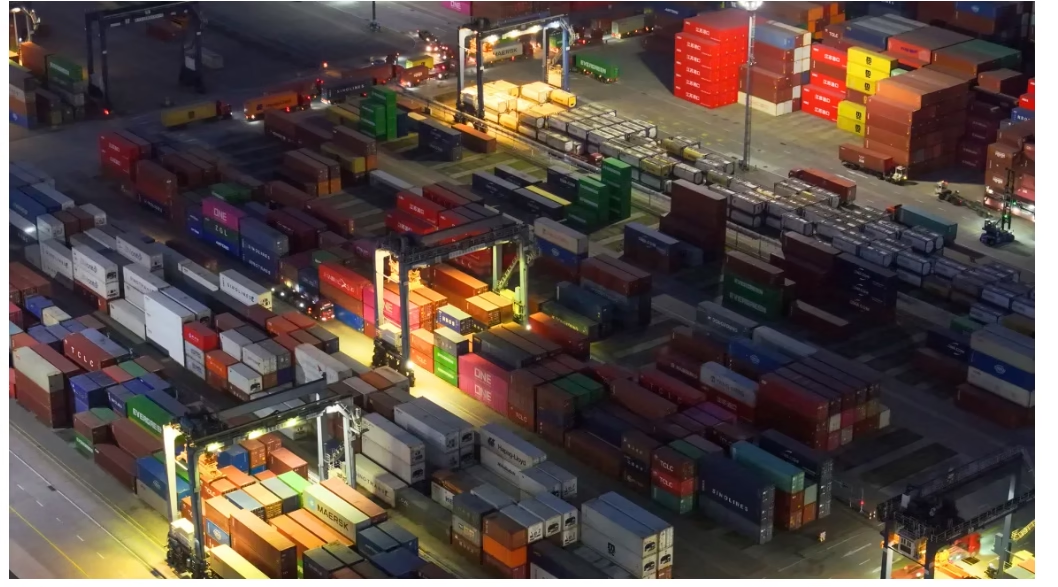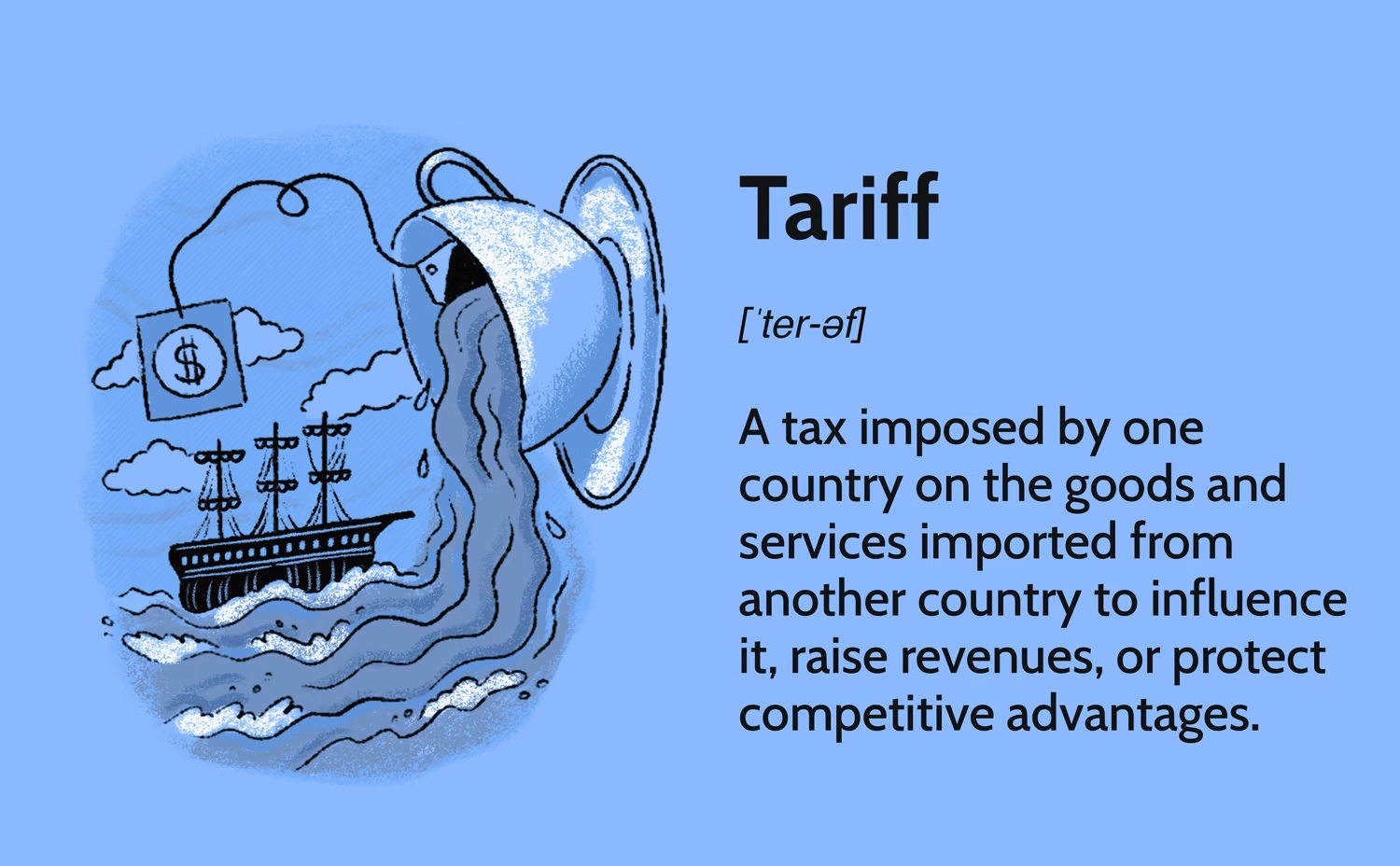In a dramatic escalation of the ongoing trade war, the White House has announced that tariffs on China are set to rise to a staggering 104% on Wednesday—a move that promises to further reshape global markets and heighten international economic tensions. At the stroke of midnight, U.S. Customs will also begin collecting new tariffs on imports from 86 countries, underscoring a bold strategy that signals Washington’s unyielding stance on trade imbalances.
As the clock ticks down to the implementation of these new tariffs, experts and market analysts are closely watching the unfolding scenario. The latest measure is believed to be designed not only to pressure China into altering its trade practices but also to compel other nations to renegotiate long-standing trade agreements.
The administration’s approach marries aggressive protectionism with a broader vision to recalibrate international trade relations—a strategy that has sparked heated debate among economists and global leaders alike.
The decision to impose such steep tariffs on Chinese goods—rising to at least 104%—is emblematic of President Trump’s determination to reshape the U.S. economic landscape.
This significant increase is expected to have an immediate and visible impact on the prices of key consumer products, as well as on the broader manufacturing and export sectors that depend on Chinese imports.
Analysts suggest that while the measure is aimed at encouraging domestic production and leveling the playing field for American industries, it also carries the risk of triggering retaliatory actions from Beijing.

International observers note that this development is the latest chapter in what has become one of the most high-stakes trade disputes of recent times. In a sweeping statement, a leading trade analyst explained that China has long been preparing to counter U.S. moves by strengthening its own economic policies and exploring new trade alliances.
“China’s response to the escalating tariffs has been swift and strategic,” the analyst remarked. “They have been recalibrating their export policies and are expected to implement measures that could mitigate some of the pressure applied by these tariffs while opening avenues for alternative markets.”
Beyond China, the new tariffs affecting imports from 86 countries indicate a broader realignment of U.S. trade policy. By extending the tariff net, the U.S. government appears to be sending a powerful message that it is prepared to stand firm against what it deems unfair trade practices. This wide-ranging action is anticipated to have ripple effects not only in the United States but across the global supply chain.
Countries that rely heavily on American markets could find themselves compelled to adjust pricing, diversify trade routes, or even forge new economic partnerships in response to the shifting policy landscape.
Within the corridors of power in Washington, the move has been presented as a decisive step towards enforcing fair trade standards. Supporters of the measure point to its potential to strengthen domestic industries and reduce the U.S. trade deficit, asserting that a tough stance is necessary to foster long-term economic resilience.
Conversely, critics warn that such abrupt policy shifts may result in immediate market volatility and could spark a protracted cycle of tit-for-tat measures among trading nations—a situation that might eventually cascade into global economic turbulence.
Social media platforms and news outlets are already abuzz with reactions from across the political spectrum. Tweets, blog posts, and expert panels are dissecting every angle of the new tariffs, from the potential impact on everyday consumer prices to the strategic gambits underlying the administration’s trade negotiations.
With keywords like “Trump trade war,” “China tariff hike,” and “global supply chain disruption” trending on multiple platforms, it is evident that this policy move is not just a domestic issue—it is a global conversation that resonates across diverse economic sectors.
For businesses closely tied to international markets, the new tariff regime represents both a challenge and an opportunity. Manufacturers, importers, and exporters are now forced to reexamine their supply chains and cost structures.
Some are already considering strategic shifts, such as moving production to countries not impacted by the new tariffs, while others brace for higher operational costs that may eventually be passed on to consumers.
The ripple effect of these changes could redefine competitive dynamics in industries ranging from electronics to apparel, compelling companies worldwide to innovate in the face of uncertainty.
In the midst of these sweeping policy changes, the coming hours and days are set to be crucial. Observers will be keenly monitoring price fluctuations in U.S.
markets as well as the evolving diplomatic dialogue between Washington and Beijing. The ultimate outcome of this aggressive tariff strategy remains to be seen, but one thing is clear: the trade war is entering a new and even more turbulent phase.
With the new tariffs on the verge of implementation and the global market bracing for immediate change, economists, policymakers, and industry leaders are all waiting for the fallout from this landmark decision.
As nations recalibrate their trade policies and explore new alliances, the coming days will undoubtedly offer critical insights into the future trajectory of global trade in an increasingly interconnected world.




